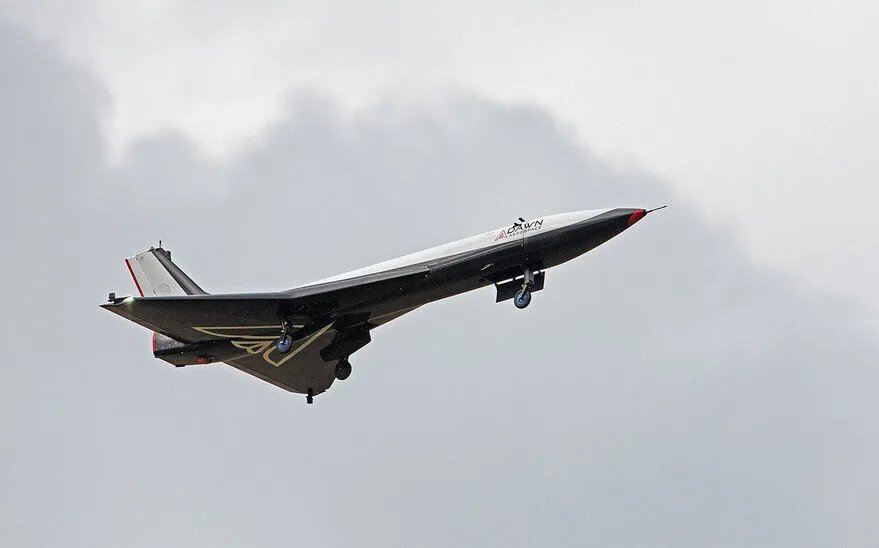Dawn Aerospace, based in New Zealand, recently tested an aircraft with a Mk-II Aurora rocket engine. This rocket-powered spaceplane is a model of a larger vehicle that will make commercial suborbital flights.

Mk-II Aurora Tests
Dawn Aerospace conducted a test of its Mk-II Aurora rocket-powered spaceplane on March 29, 30 and 31. It made flights, starting from New Zealand’s Gentanner Aerodrome. Stefan Powell, CEO of Dawn Aerospace, told reporters about this.
The main task of the test company was to check the key flight systems and check the possibility of a quick re-launch of the spacecraft. During the first flight, the Mk-II Aurora spent more fuel than expected due to a leak in its supply system. The next day, Dawn engineers removed the spaceplane engine and corrected the situation.
“It was reasonably trivial to fix that, put it back together and fly again,” Powell said. That speaks to just how different this concept is than a regular rocket. Not only would you have not gotten the vehicle back, but you wouldn’t have been able to execute a repair and show that it works in the same day”.
What is a spaceplane for?
Dawn, a space transportation company based in New Zealand, the Netherlands and the United States. It finances the development of rocket-powered spaceplanes from the proceeds from the sale of small satellite engines, government grants and investments.
A rocket-powered spaceplane is an aircraft that is equipped with liquid rocket engines instead of conventional jet engines. They consume much more fuel than the first ones, but they can accelerate the spacecraft to high speeds at any altitude extremely efficiently.
On March 24, the company announced certification from the New Zealand Civil Aviation Authority. The Mk-II Aurora is a scaled-down copy of a rocket-powered spaceplane that is planned to be used for commercial suborbital transportation.
It is planned that it will gain an altitude of 20 kilometers, accelerate to supersonic speed and plan further, and turn on the engine again before landing. But until now, the model has made a flight with a length of only 2000 meters and at a speed of 315 km/h.
According to spacenews.com
Follow us on Twitter to get the most interesting space news in time
https://twitter.com/ust_magazine

